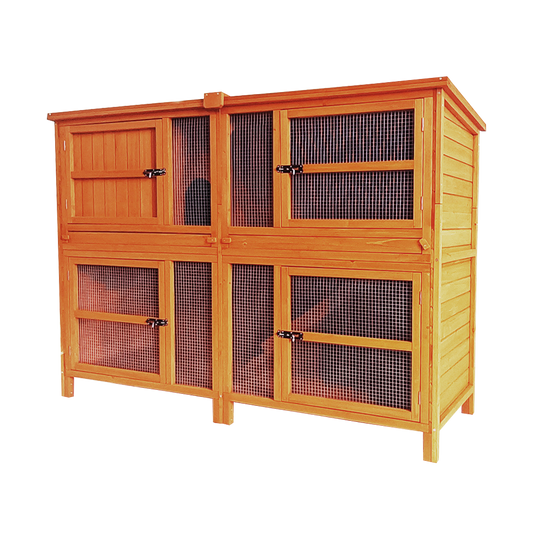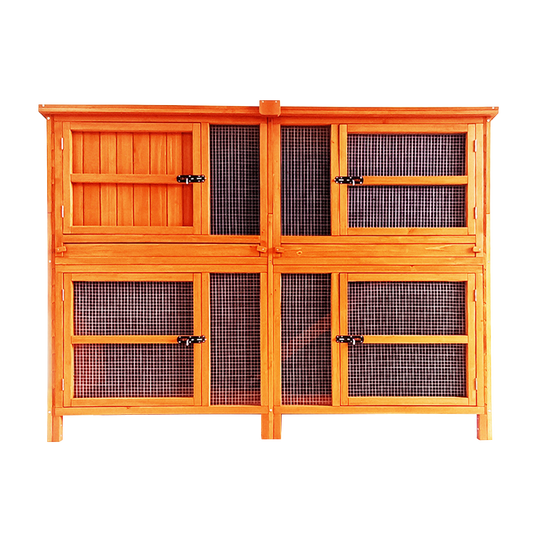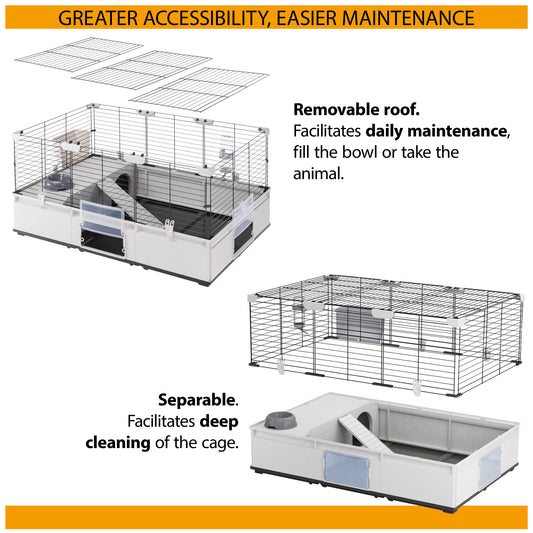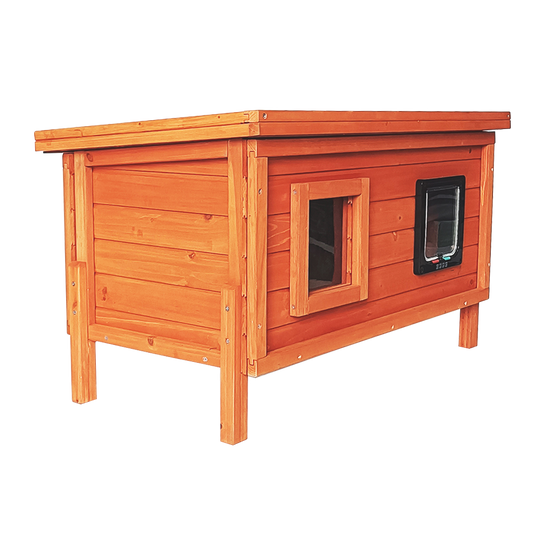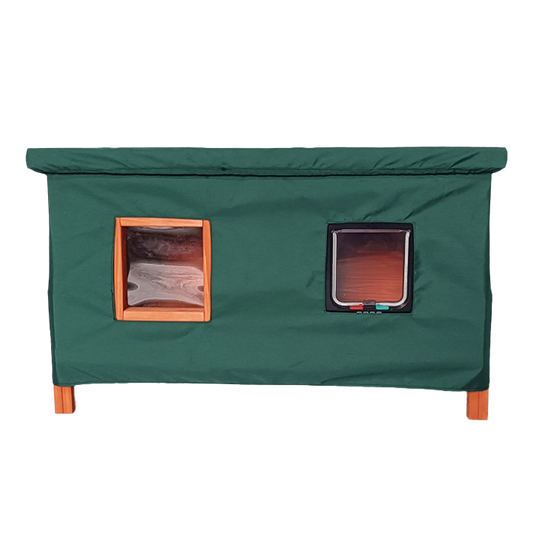One of the less attractive aspects of cat ownership is dealing with waste, but it is an important part of being a responsible pet owner and you should be aware of what you can and can’t do with cat poo.
Cat poo danger
If your cat is a hunter, there is a high chance they could pick up a parasite called toxoplasma gondii from eating infected rodents or birds. After a cat has become infected, it can shed the microscopic parasite in its faeces for up to two weeks. This can be passed to humans by eating food, drinking water or accidentally swallowing soil that has been contaminated with cat faeces so handwashing and safe disposal of cat poo is vital.
Toxoplasmosis (the infection caused by the parasite) can cause flu-like symptoms in humans that can last for several weeks with swollen lymph glands or muscle pains. It is particularly dangerous to people with weakened immune systems or who are pregnant.
Litter trays
Most cat owners will have at least one litter tray in their house for their cat to use as a toilet. As long as they are kept clean and located in quiet parts of the house, cats should be happy to use them for all their toileting.
The advice from the Environment Agency is to scoop the waste out of your cat’s litter tray and place it into a biodegradable poo bag before putting it into your normal household waste bin. When it comes to emptying the tray completely to wash it and refill with fresh litter, you should wrap the old litter in newspaper and also put that in your normal household waste bin.
Cat litter bins
Rather than using separate bags for each scooping of faeces, you could invest in a cat litter bin. You can put the poo directly into there and it enables you to use just one bag for several weeks’ worth of waste, saving the number of bags that end up in landfill. Many of the cat litter bins on the market have built in deodorisers and filters to stop smells escaping.
Composting
If you use a biodegradable cat litter – such as those made from sawdust, pine, paper or corn – you can put it into your compost bin if you have one, but you need to make sure you remove any faeces first. This is because the heat generated by the composting process is not high enough to kill any parasites in the poo and could pose a risk of infection to humans.
You should also not put biodegradable cat litter into compost that you plan to use on edible plants or in areas where children might play, due to the health risks posed.
What not to do
Although your cat might bury their own poo if they choose to go to the toilet outside, it is not recommended that you purposely bury cat faeces in your garden. This is because any parasites it contains may end up seeping into the water supply – especially if you live near a river. This can also affect the health of aquatic life.
You should not flush cat waste or litter down your toilet for the same reason. Water and sewage systems in the UK aren’t designed to kill the toxoplasma gondii parasite so it could cause harm to human health.
You could also find yourself with an expensive bill for a plumber if you flush litter down the toilet as it is likely to cause blockages in your pipework. Most cat litters are designed to absorb moisture and can expand to 15 times their original size when wet.
If you found this article interesting, why not check out:




